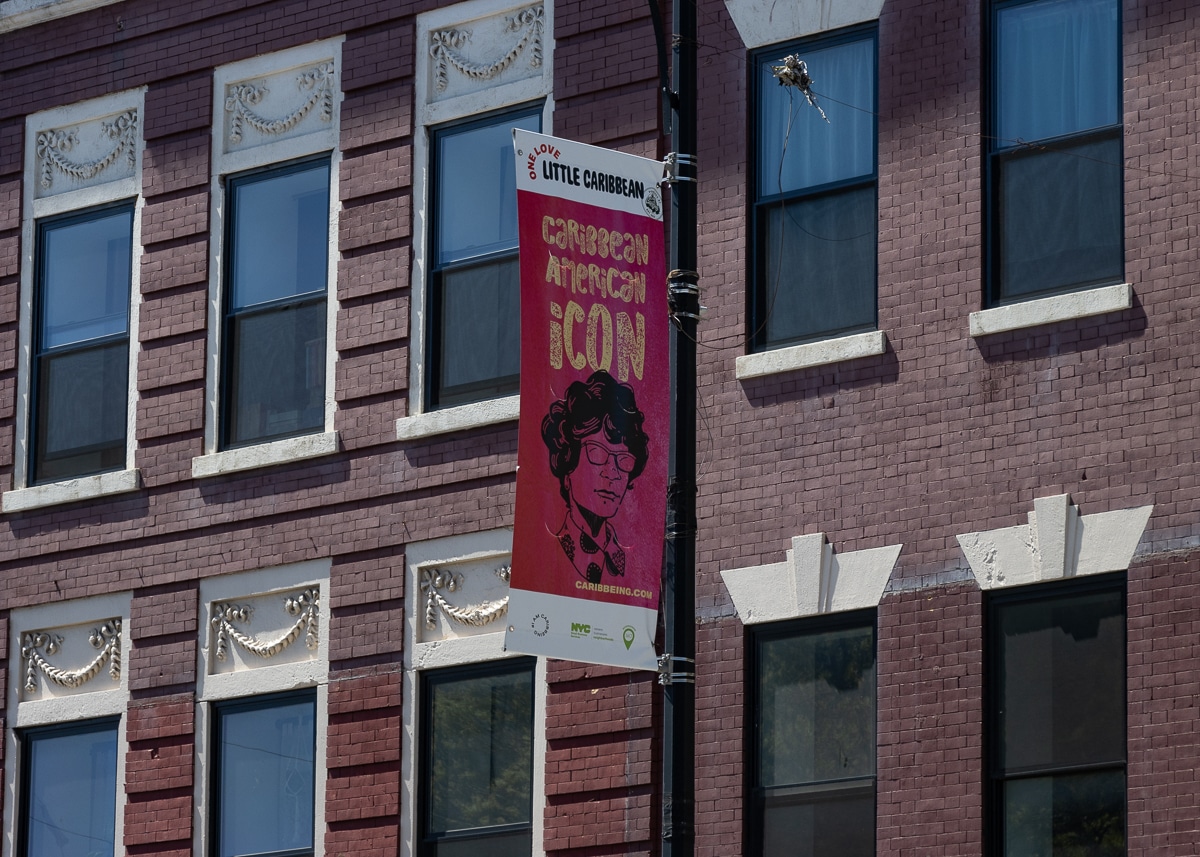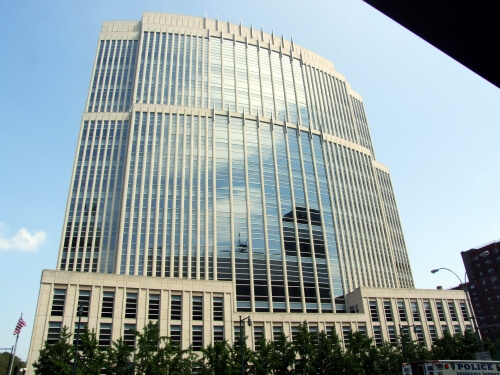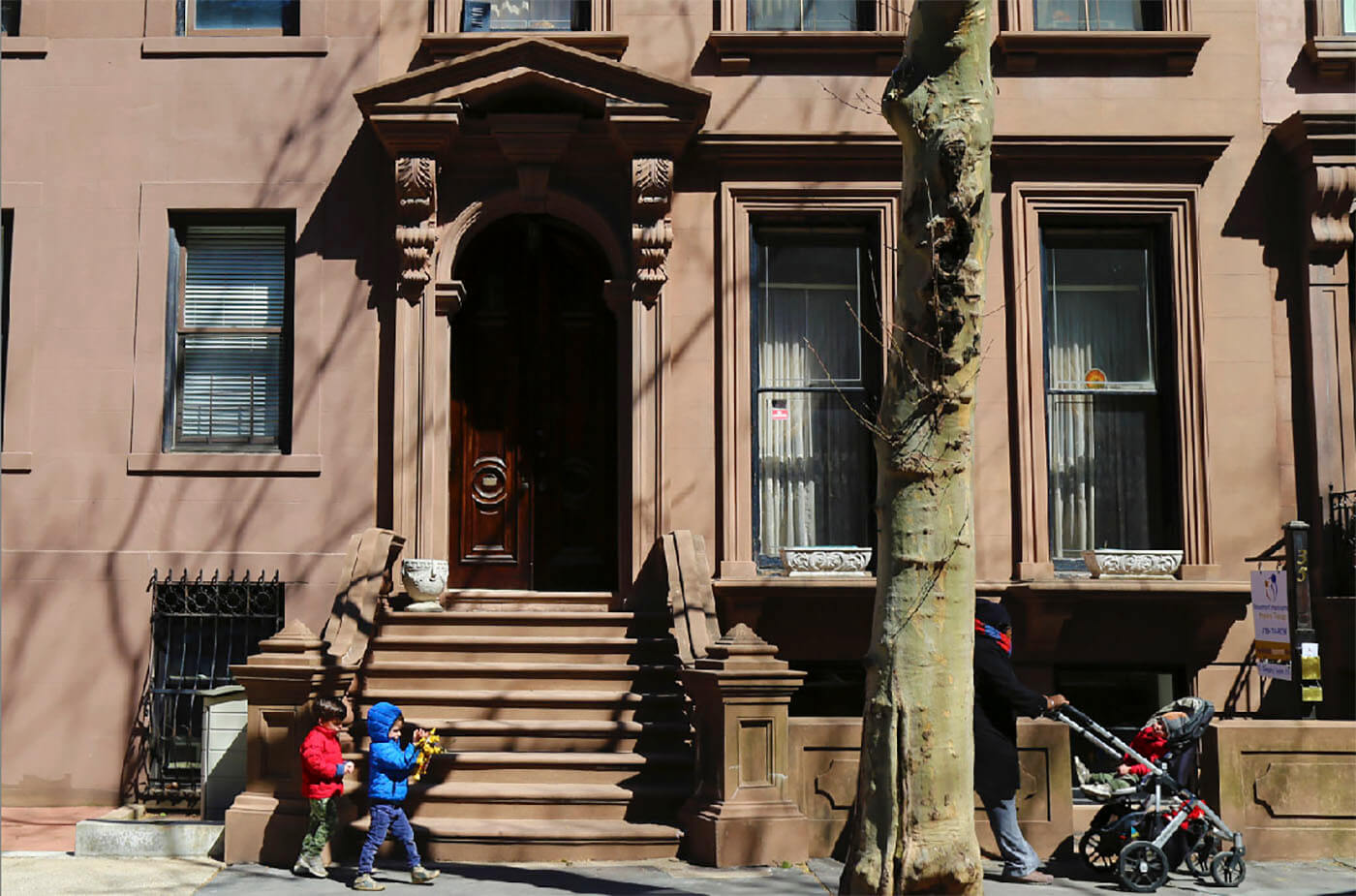Sunnyside of the World
I had made my way from Hunters Point east, hugging the Queens Midtown Expressway since I hadn’t used that route before (I won’t again; it’s boring) and drifting northeast, was edging through Sunnyside en route to the #7 train home. Once I got to 48th Avenue, I was met with a great deal of signage…

I had made my way from Hunters Point east, hugging the Queens Midtown Expressway since I hadn’t used that route before (I won’t again; it’s boring) and drifting northeast, was edging through Sunnyside en route to the #7 train home. Once I got to 48th Avenue, I was met with a great deal of signage between 43rd and 45th Streets that wasn’t in English or even used Roman characters, and so the germ of a post slowly evolved in my brain.
I wish I could travel more, but when working, never have the time (I have had to settle for two weeks vacation per year throughout my working life) and when not working, don’t want to spend money traveling. Besides, I don’t want to do what the rest of the civilized world does on vacation.
On these couple of blocks on 48th Avenue, though, I can travel the world without bothering with airplanes, airport patdowns, or detainments by the Canadian authorities, which happened once in Vancouver when the authorities believed I had to be smuggling some kind of contraband. After all, all I had with me was a battered valise and an unshaven, long-haired appearance.
A masjid, in Arabic, means ‘place of worship’ or a mosque, the word arriving in English from French and prior to that, from the Italian moschea, which is closer to the original Arabic.
The nearby Chinese restaurant, I’d imagine, translates the English title, though I could be wrong.
Both Sunnyside and Woodside have had a good number of Irish immigrants since the 1970s. Leitrim is a county in northwest Ireland, bordering the UK’s Northern Ireland for several miles and having very short Atlantic Ocean coastline. Patrick McGoohan, the famed actor, was a resident.
A pair of churches on the north side of the avenue. The one on the right is the Korean Church of the Nazarene, but the one on the left was a tougher nut to crack.
Three mosaics depict: St. George in what is apparently military garb of the Middle Ages (shown here); the Last Supper; and St. Nicholas. The writing appears to be in Cyrillic, but correct me if I’m wrong.
I had originally despaired on identifying the church, since it didn’t appear to be inscribed anywhere, but a small, inkjet note on the front door shows it to be the St. Nicholas Romanian Orthodox Church. The writing on the sign appears to be in Romanian.
Yet, the words on the mosaics are written using Cyrillic. Can Romanian be written with Cyrillic letters? Or am I missing something?
My negligible knowledge of Spanish allows me to translate this as “New Life Baptist Church.”
Bolivian cuisine. Apparently, a lot of chicken.
Lastly, on the corner, the Greek Orthodox cathedral of Saints Fanourios and Gerasimos. Fanourios is depicted carrying across and a candle, and his name in Greek can be translated as “he who reveals.” His image, or icon, was discovered in Rhodes after a Saracen raid in the 1500s. Nothing much is known about the saint, despite his popularity. Saint Gerasimos was from the Peloponnesus, the son of Demetrios and Kale, of the family of Notaras. He left his homeland and settled in Cephalonia, where he restored a certain old church and built a convent around it, where it stands todayat Omala. He lived out his life there in asceticism until his death in 1570.














**like**